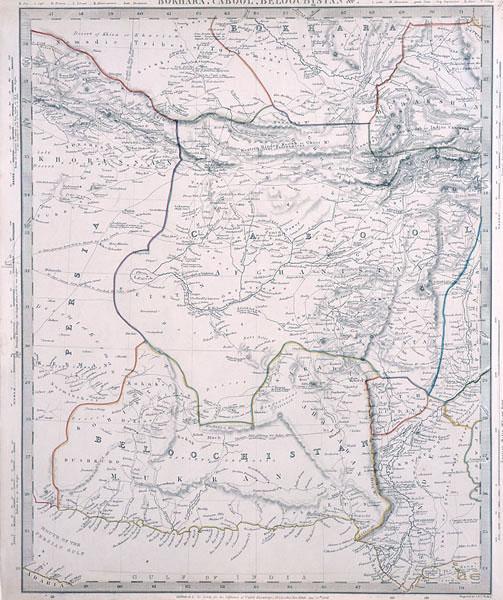For much of the 20th century, successive Iranian governments promoted a narrow, Persian-centric vision that excluded and marginalised ethno-linguistic minorities. Now, minority groups are fighting back.
Iran is home to one of the most culturally diverse populations in the entire Middle East, with Persian, Arabic, Turkish, Kurdish, and Baloch peoples amongst the groups that have shaped the historical and cultural development of the Iranian plateau.
Our new report National Fabric: Iran’s Ethnic Minorities showcases some of the ways that ethnic minority communities in Iran are creatively resisting state discrimination, and fighting an ongoing battle to preserve their unique cultural identities.
http://smallmedia.org.uk/nationalfabric/
http://smallmedia.org.uk/nationalfabric/Nationalfabric.pdf
8
et
The Baloch Activists Campaign (BAC) is a Persian-language
website offering daily updates on the status of human
rights in Sistan and Balochistan Province, along with
information about other Iranian ethnic minorities and the
Sunni community. The website has a section dedicated to
literature and culture, but it remains empty at present.
According to Similarweb analytics, around 3,000 people
visit the BAC website each month.
Visitors can engage with the campaign in a variety of
ways—besides joining the BAC mailing list, it’s possible to
engage with other activists using a number of social media
accounts, ranging from Facebook, to YouTube, Twitter,
Instagram, WhatsApp, and WeChat.
The significance of mobile chat apps for the Baloch
community is something that has been echoed in Small
Media’s discussions with diaspora-based activists. Mehrab
Sarjov, a Baloch campaigner and commentator working for
the exiled Khan of Kalat stated in an interview with Small
Media that:
“WhatsApp is widespread—everybody is using it. For the
content—for writing and those sorts of things, most people
use WhatsApp for communications. You’d need an army
of soldiers to comb through all these conversations and
monitor them” (2015).
Given that Sistan and Balochistan Province has the third-
lowest internet penetration rate of all the provinces in Iran
(Small Media, 2014), this pattern of dependence on mobile
phone apps is not so surprising—with limited access to
internet connections in Baloch homes, it is far easier for
Baloch people to maintain networks via 3G internet access
on mobile phones. It is impossible to verify the number of
users chatting on these WhatsApp and WeChat groups,
though Mehrab Sarjov suggests that many thousands of
Baloch maybe turning to chat apps as a primary means of
communication.
The site’s Facebook page is also a widely-used platform for
Baloch activists, with 5,122 likes and frequently re-shared
and commented-upon content. The page’s users seem to
be a mixture of Baloch activists in exile, and Baloch people
living in Iran and Pakistan.









































No comments:
Post a Comment